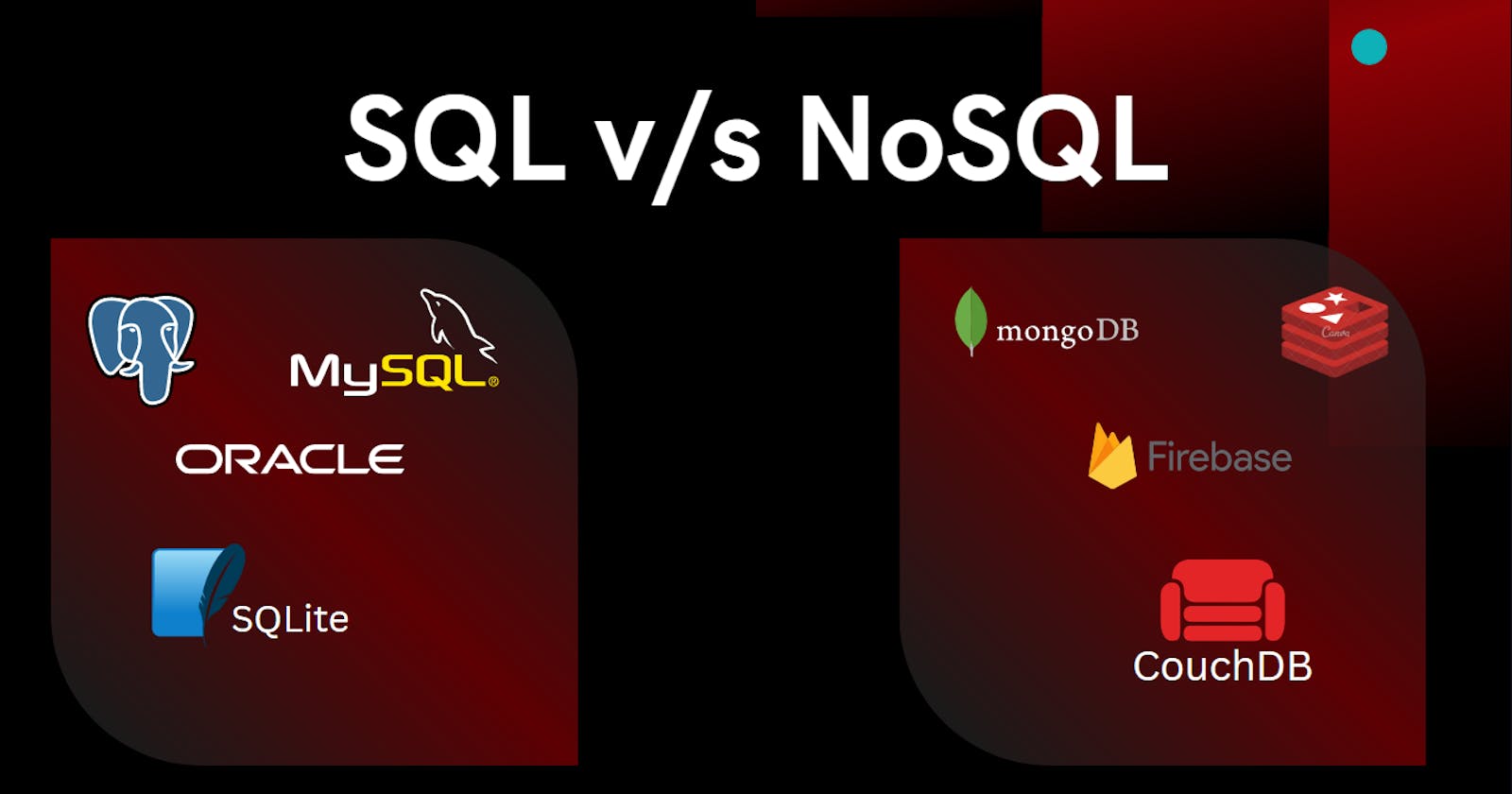When you are developing a new website, app, or other software project, you will need to store data for your users. You can use a database to do this. Databases are designed to store and organize data so that it is accessible when the user needs it again. There are many different types of databases, with varying pros and cons. Some of the most common database systems include SQL and NoSQL databases. Let’s take a look at what they are and how they differ from one another.
What is a SQL Database?
SQL stands for “Structured Query Language.” SQL is an industry standard language that allows you to interact with a database. It is the most common type of database in use today. Most SQL databases store their data on a server that the user can access remotely through an application. This allows the user to create and edit data without needing to be at the physical location of the server. An SQL database has predefined fields that store data. Users can create tables of information and then create fields to store specific data. For example, if you are creating a database for people, you could create a table that has fields for name, address, and other information. This helps keep the data easy to manage and find specific sections.
NoSQL Overview
NoSQL stands for “Not Only SQL.” This is a term used to describe a type of database that does not use SQL for its querying language. This means that there is no standard for NoSQL databases. They do not have a predefined structure for the fields in the database. This can make it easier to create new tables with less effort, but it also means that it can be harder to organize data and find specific information. Some NoSQL databases store their data in a cloud environment, while others keep their data on the user’s computer. Some NoSQL databases are distributed, which means that they store data on multiple computers rather than on a single, central server. This helps to protect against hardware failures and increases the overall reliability of the database.
Key Differences Between SQL and NoSQL Databases
Data Stucture
One of the main differences between SQL and NoSQL databases is their data structure. SQL databases store data in structured tables. This makes it easy to organize and find the specific data the user needs. NoSQL databases use “unstructured data” that does not fit neatly into a table. This makes it harder to organize and find the data that the user needs.
Security
SQL databases use authentication to verify and grant access to the user. This can be done through passwords, digital certificates, or other security methods. NoSQL databases use a wide range of security methods. They also often use encryption, which helps to protect the data from unauthorized access.
Scalability
Scalability refers to how easy it is to expand a database as the user’s needs grow. SQL databases use structured data, which means that it can be hard to add more data as the user’s needs change. NoSQL databases use un-structured data, which makes it easier to add new information as the user’s needs change.
Query Languages
SQL databases use the Structured Query Language, or SQL, for their queries. This makes it easy for the user to find the specific information they need. NoSQL databases use a wide range of query languages, each of which might have its own specific syntax. This makes it harder for the user to find the data they need.
When to Use a SQL Database
If your needs are simple, a SQL database might be the best option for you. Many online services use SQL databases because they are easy to use. They also offer a wide range of features and can be scaled easily. If you need to store structured data, a SQL database might be a good choice. SQL databases are designed to store data in a structured way, making it easy to find the information you need. If you need to share data across multiple users or devices, a SQL database might be a good option. SQL databases use authentication to verify and grant access to the user. This can be done through passwords, digital certificates, or other security methods. This means that multiple people can access the same data from multiple devices.
When to Use a NoSQL Database
If there is no need to store structured data, a NoSQL database might be the best option for you. Many NoSQL databases do not require you to create a specific “table structure” for your data. This makes it easier to create new tables and add new data. If you need to store un-structured data, a NoSQL database might be a good option. SQL databases store structured data in specific tables with fields that must be filled out. NoSQL databases use a wide range of data types and do not require certain fields to be filled out. This makes it easier to store un-structured data. If you need to store a large amount of un-structured data, a NoSQL database might be a good choice. SQL databases use structured data in specific tables. If you try to store too much data, it might cause your database to slow down. NoSQL databases use un-structured data, which makes it easier to store large amounts of data without slowing down the database.
Conclusion
SQL and NoSQL databases each have their own advantages and disadvantages. When choosing the right database for your needs, it is important to weigh the advantages and disadvantages of each type.
Do let me know in the 𝗖𝗼𝗺𝗺𝗲𝗻𝘁 𝗦𝗲𝗰𝘁𝗶𝗼𝗻 if you have more 𝗼𝗯𝘀𝗲𝗿𝘃𝗮𝘁𝗶𝗼𝗻𝘀 about SQL and NoSQL ! Follow me for more such articles that may find useful or relatable. If you like this article, do not forget to press that clap button! And connect with me on twitter.
